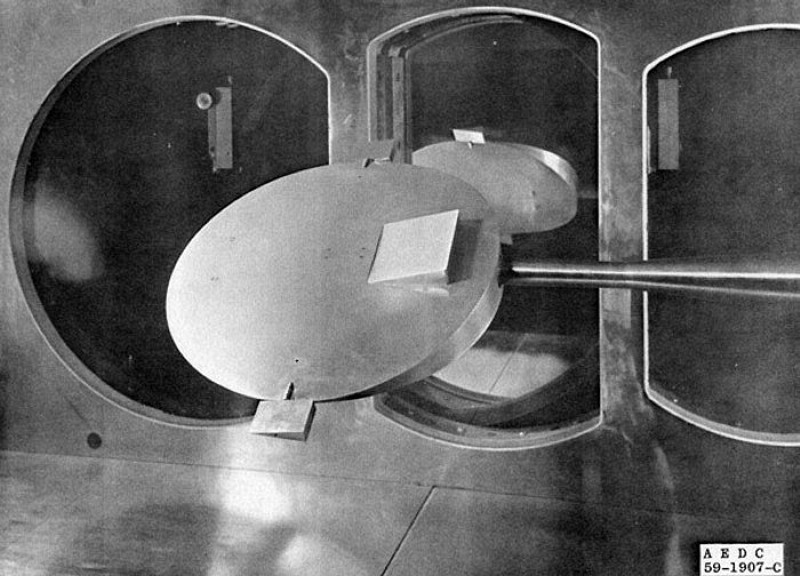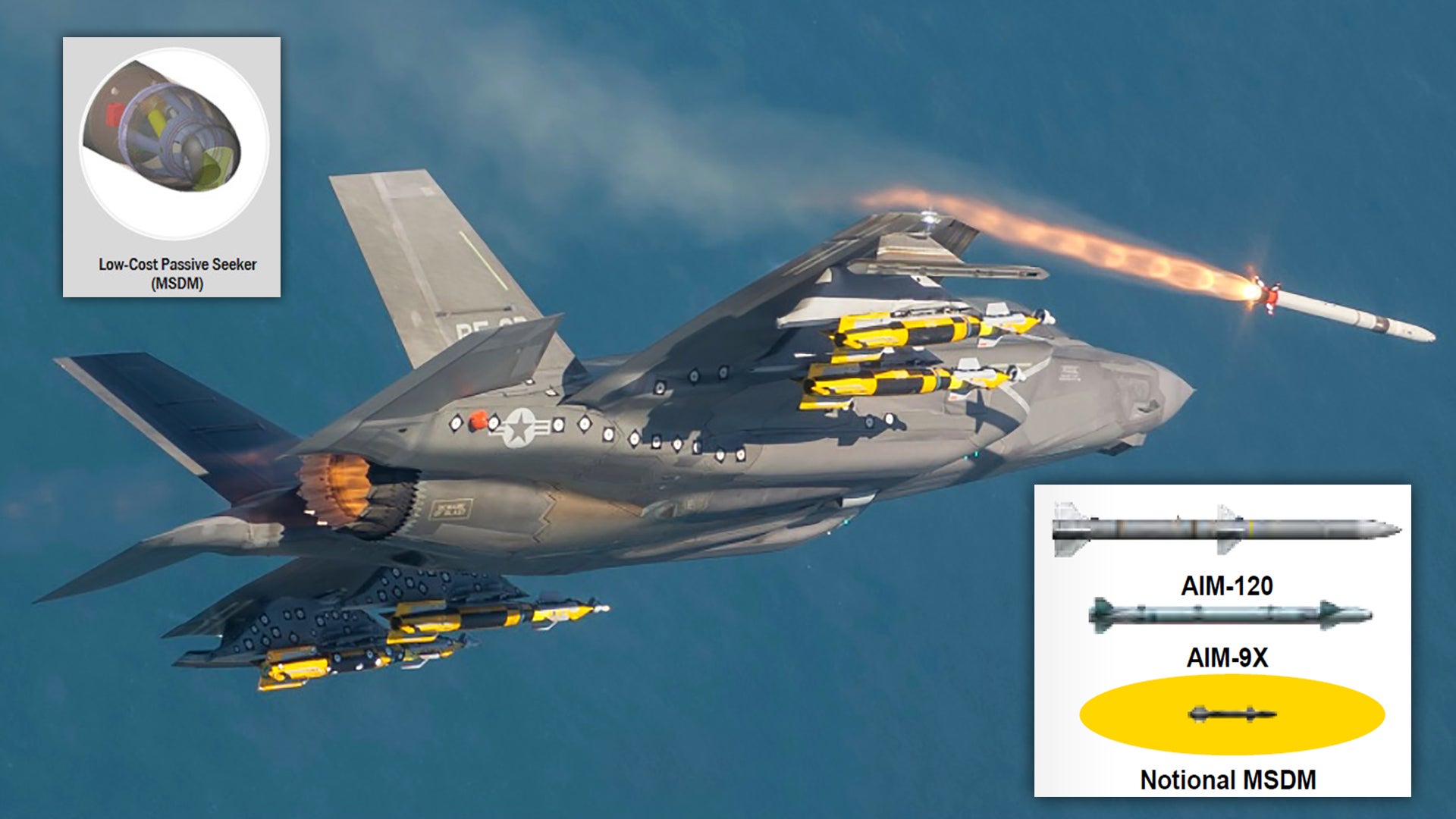I just had a brainwave - would it be feasible to use existing (or maybe future), such as the AIM-120 or R-77 air-to-air missiles to intercept the missiles of opposing aircraft?
The targeted aircraft would fire upon the incoming missile, and began evasive manuevers. It could even fire multiple ones, and if the enemy missile was destroyed, the remaining ones could recommit to the enemy aircraft.
I would say yes it would be immensely viable, since the two missiles would head straight for each other. Even if the interception wasn't successful, de added duty of having to evade an enemy missile would drain so much kinematic energy from the attacking one, that the targeted aircraft could easily escape it.
It makes tremendous sense to me, and I think it would be possible to do with hardware that exists today, or some minor evolution of it.
What do you think of this idea, has it been tried before? It just makes so much sense, that I'd be surprised if the major militaries didn't think of it, unless I'm missing something.
The targeted aircraft would fire upon the incoming missile, and began evasive manuevers. It could even fire multiple ones, and if the enemy missile was destroyed, the remaining ones could recommit to the enemy aircraft.
I would say yes it would be immensely viable, since the two missiles would head straight for each other. Even if the interception wasn't successful, de added duty of having to evade an enemy missile would drain so much kinematic energy from the attacking one, that the targeted aircraft could easily escape it.
It makes tremendous sense to me, and I think it would be possible to do with hardware that exists today, or some minor evolution of it.
What do you think of this idea, has it been tried before? It just makes so much sense, that I'd be surprised if the major militaries didn't think of it, unless I'm missing something.


